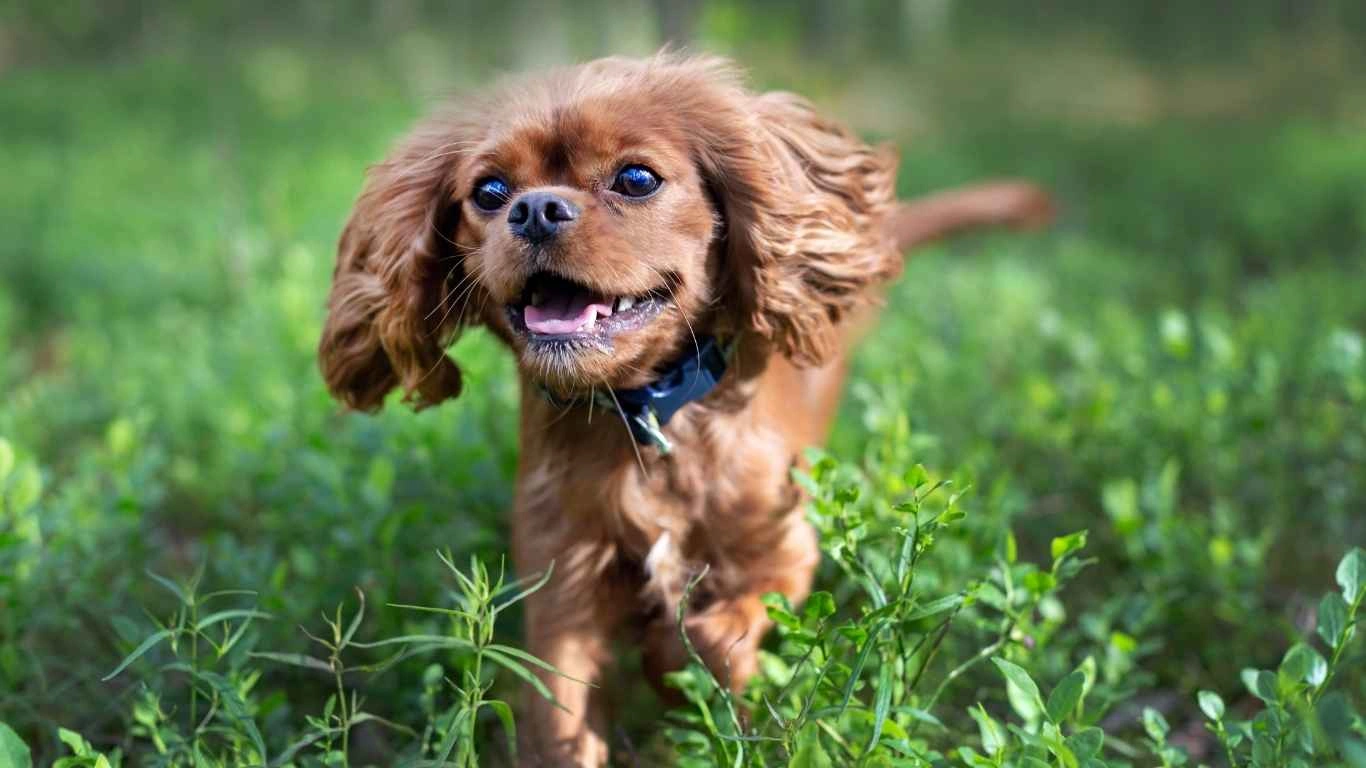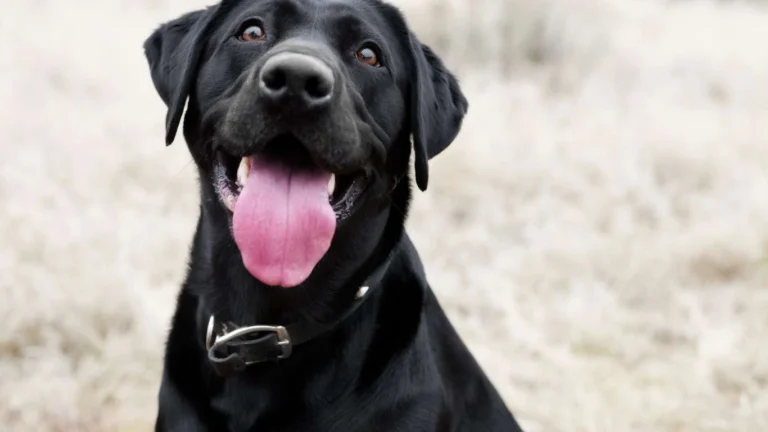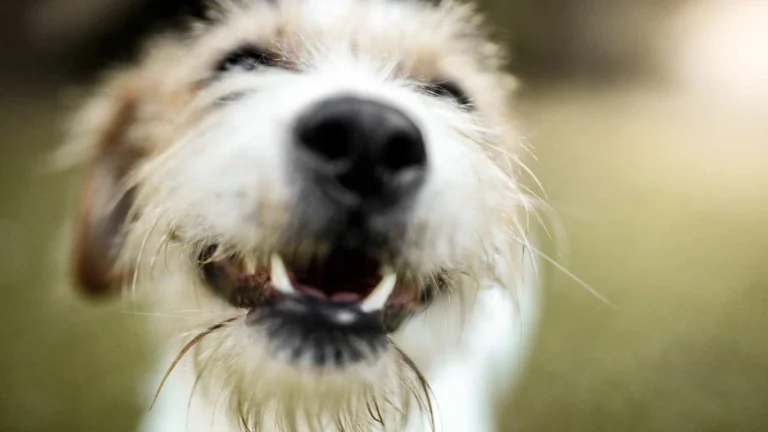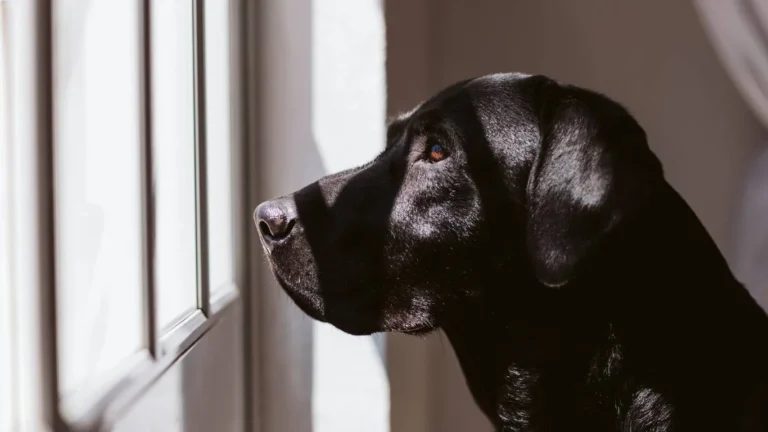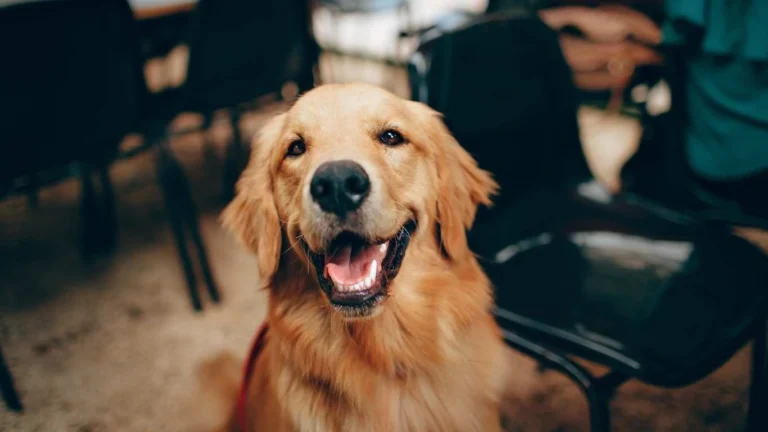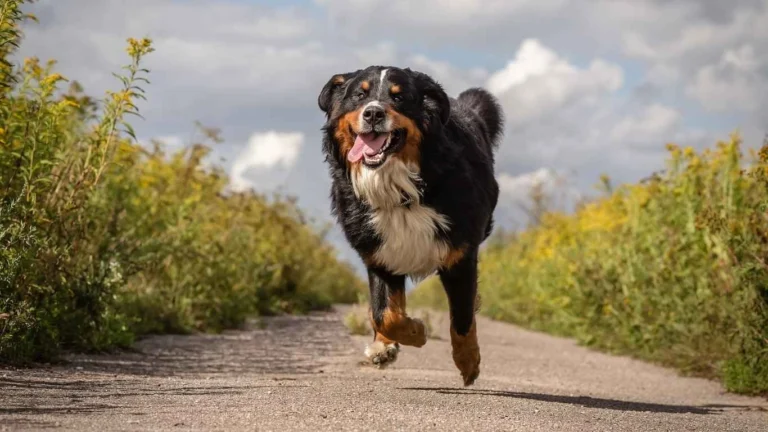Stop Excessive Shedding Now: Best Diet Tips for a Healthy Pet Coat
Dealing with endless pet hair all over your couch, clothes, and floors? I hear you. As a Pet Nutritionist who has spent years working with pet parents in veterinary clinics, I know how frustrating excessive shedding can be. The good news? You can actually reduce shedding through proper nutrition. Yes, the food you feed your furry friend plays a huge role in the health of their coat. Let’s break it down.
Understanding Shedding: What’s Normal and What’s Too Much?
All dogs and cats shed—it’s completely normal. But when does it cross the line into excessive? Shedding becomes a concern when you notice:
- Large clumps of hair falling out regularly
- Visible bald patches
- Excessive itching or skin irritation
- Changes in coat texture, like dryness or brittleness
While some breeds naturally shed more than others (hello, Huskies and Golden Retrievers), if your pet’s shedding is uncontrollable, diet might be the culprit.
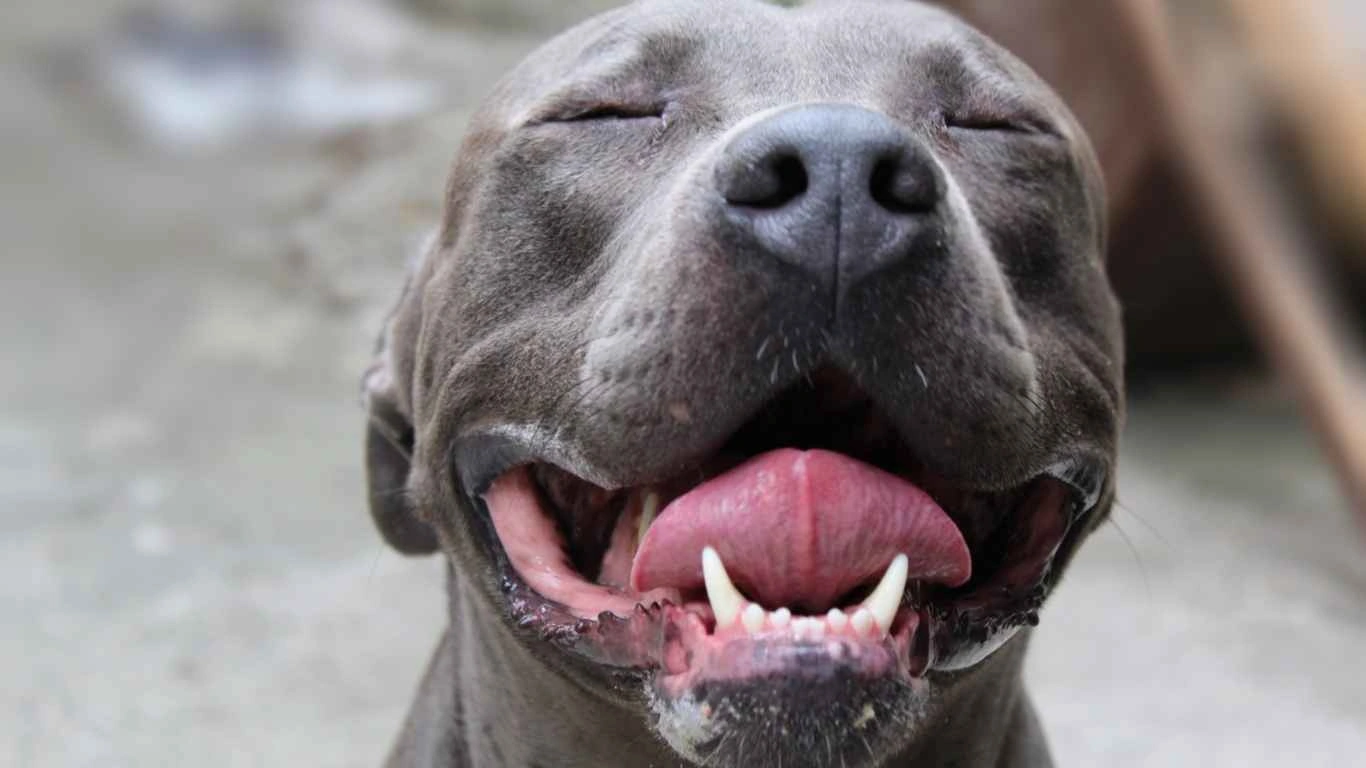 How Diet Affects Shedding
How Diet Affects Shedding
Nutrition isn’t just about filling your pet’s bowl—it directly impacts their skin and coat health. I’ve seen countless pet owners switch to a balanced diet and notice drastic improvements in shedding. Here’s how food plays a role:
- Essential Fatty Acids: Omega-3 and Omega-6 fatty acids keep the skin hydrated and the coat shiny.
- Protein Quality: A diet rich in high-quality animal protein strengthens hair follicles, reducing excessive shedding.
- Vitamins & Minerals: Nutrients like zinc, biotin, and vitamin E are essential for skin regeneration.
When pets lack these nutrients, their fur becomes weak, dry, and falls out more easily.
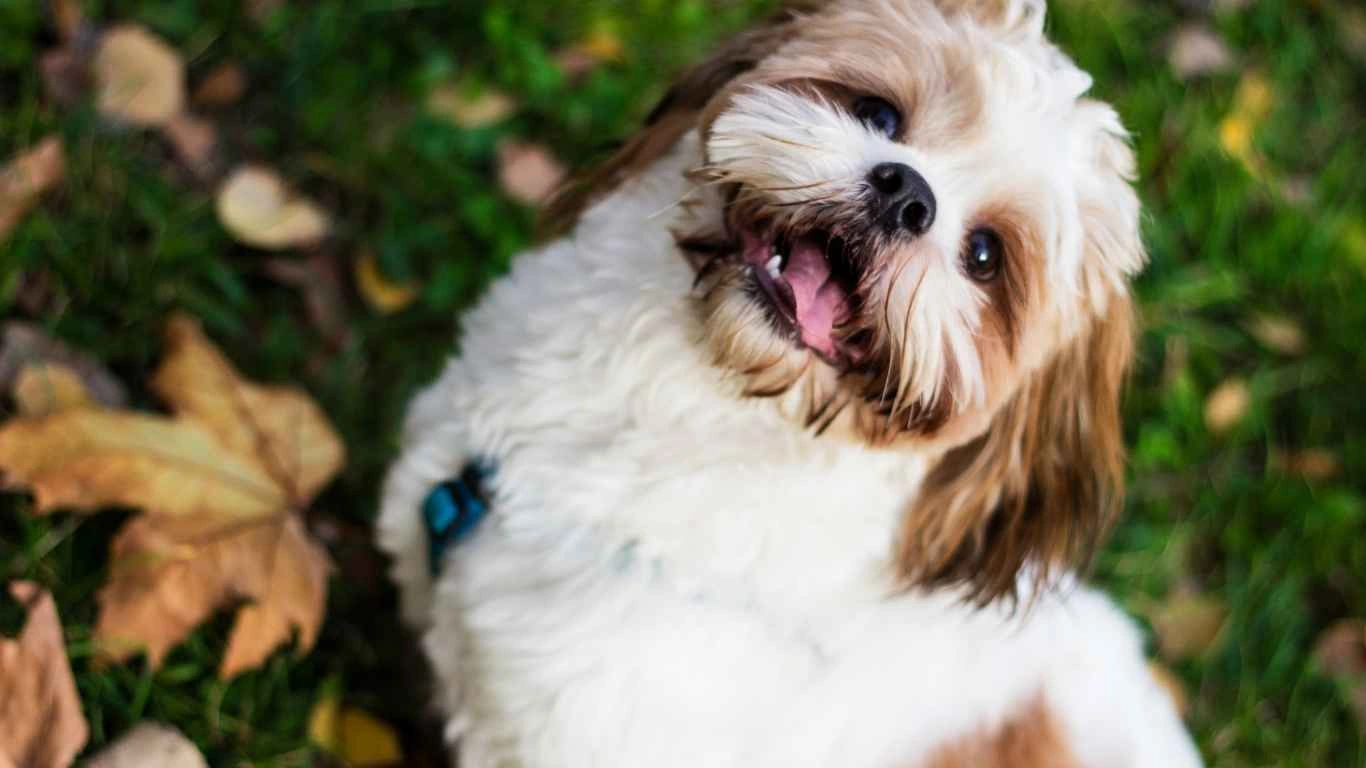 The Best Diet to Prevent Excessive Shedding
The Best Diet to Prevent Excessive Shedding
1. Add Omega-3 and Omega-6 Fatty Acids
If there’s one thing I always recommend to pet owners struggling with shedding, it’s increasing Omega-3s. These essential fatty acids work wonders for skin hydration and coat health. Foods rich in Omega-3 and Omega-6 include:
- Salmon and other fatty fish
- Flaxseed oil
- Chia seeds
- Fish oil supplements
One of my clients had a Labrador who was shedding excessively. We added fish oil to his meals, and within a month, the difference was night and day—less hair on the floors and a shinier coat!
2. Choose High-Quality Animal Protein
Your pet’s coat is made of protein, so if their diet lacks enough high-quality protein, expect shedding to worsen. Instead of plant-based proteins, focus on:
- Real meat (chicken, beef, turkey, fish)
- Eggs (a fantastic protein source)
- Organ meats like liver (rich in essential nutrients)
I’ve worked with pet parents who switched from low-quality kibble to a protein-rich diet, and the results? Less shedding, more energy, and healthier skin.
3. Ensure Proper Hydration
Hydration is often overlooked but plays a key role in skin and coat health. Dehydrated pets tend to have dry, flaky skin, which leads to more shedding. Make sure:
- Fresh water is always available
- You add moisture-rich foods (like wet food or bone broth) to their diet
- You consider a pet-friendly water fountain if they don’t drink enough
Trust me, I’ve seen the difference hydration alone can make in a pet’s coat condition.
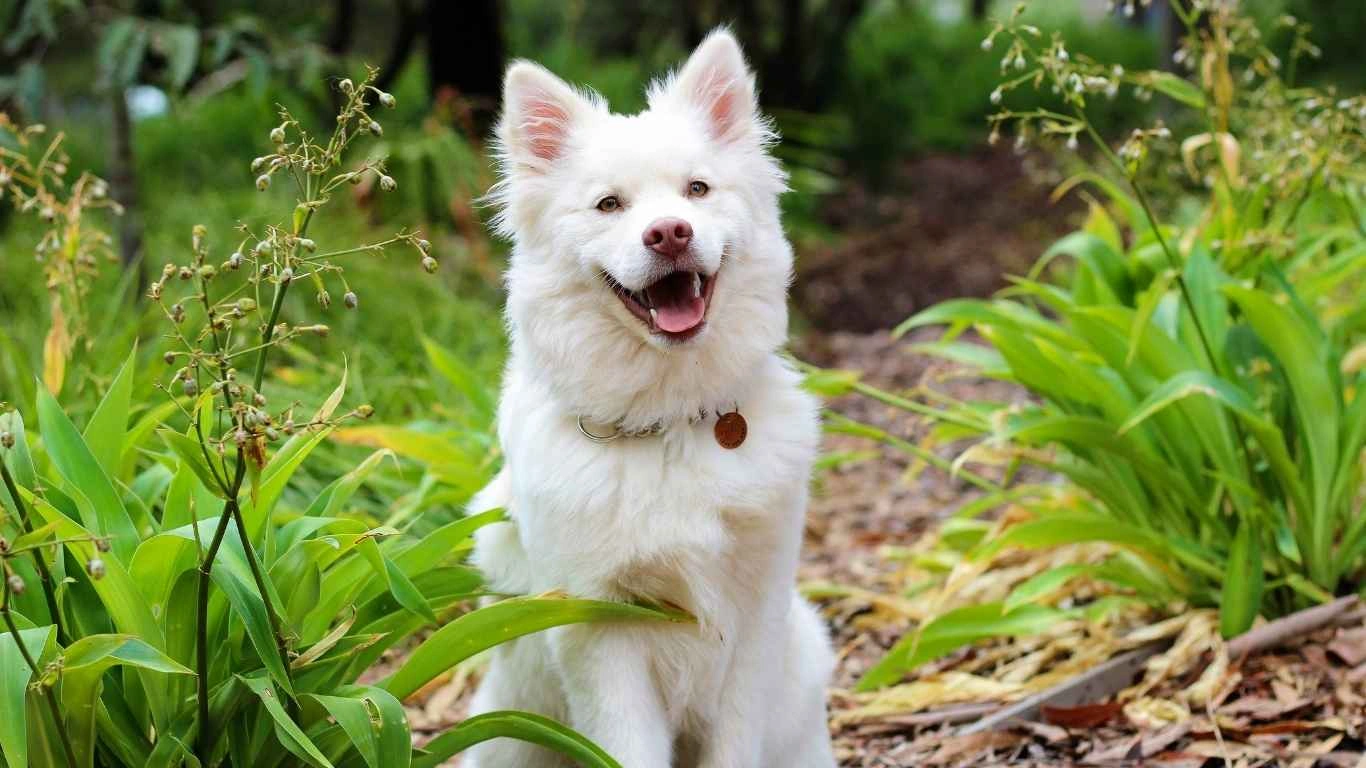 Avoid These Common Shedding Triggers in Diet
Avoid These Common Shedding Triggers in Diet
1. Low-Quality Fillers
If your pet’s food contains a lot of corn, wheat, or soy, shedding might be worse than it should be. These ingredients provide little nutritional value and can even trigger skin irritation.
2. Artificial Additives
Chemical preservatives, artificial colors, and flavors? No thanks. Many of these additives cause allergic reactions, leading to more itching and hair loss.
3. Food Sensitivities
Some pets have food sensitivities that cause skin inflammation and shedding. If your pet has excessive hair loss along with itching or ear infections, they may need a diet change.
So, what’s the best diet to prevent excessive shedding? Stick around—there’s more to uncover!
 Homemade Diets vs. Commercial Food: What’s Best for Shedding?
Homemade Diets vs. Commercial Food: What’s Best for Shedding?
One of the most common questions I get from pet parents struggling with shedding is: Should I switch to homemade food? Well, the answer isn’t a simple yes or no—it depends on what you’re feeding and how balanced it is.
1. The Pros and Cons of Homemade Diets
Making your pet’s food at home can be a fantastic way to control ingredients and avoid fillers, but it’s not as easy as just cooking up some chicken and rice. Here’s what you need to know:
- Pros: Full control over ingredients, no artificial additives, and the ability to add fresh, high-quality protein and fats.
- Cons: Nutritional imbalances are common if the diet isn’t properly formulated. Lack of key vitamins and minerals can actually increase shedding instead of reducing it.
When I worked with a client who switched her German Shepherd to homemade food, we initially saw more shedding—why? Because the diet lacked omega-3s and zinc. Once we adjusted her recipe with salmon oil and organ meats, her dog’s coat transformed.
2. Choosing the Right Commercial Food
If homemade diets aren’t your thing (and that’s totally okay!), high-quality commercial foods can work wonders. Here’s what to look for:
- Real Meat First: Avoid brands that list corn or meat by-products as the first ingredient.
- Healthy Fats: Look for fish oil, flaxseed, or chicken fat to boost skin health.
- No Artificial Additives: Artificial colors, preservatives, and flavors? A big no-no.
Pro tip: If you’re sticking with kibble, consider adding a topper like fresh fish, eggs, or a drizzle of fish oil for an extra coat boost.
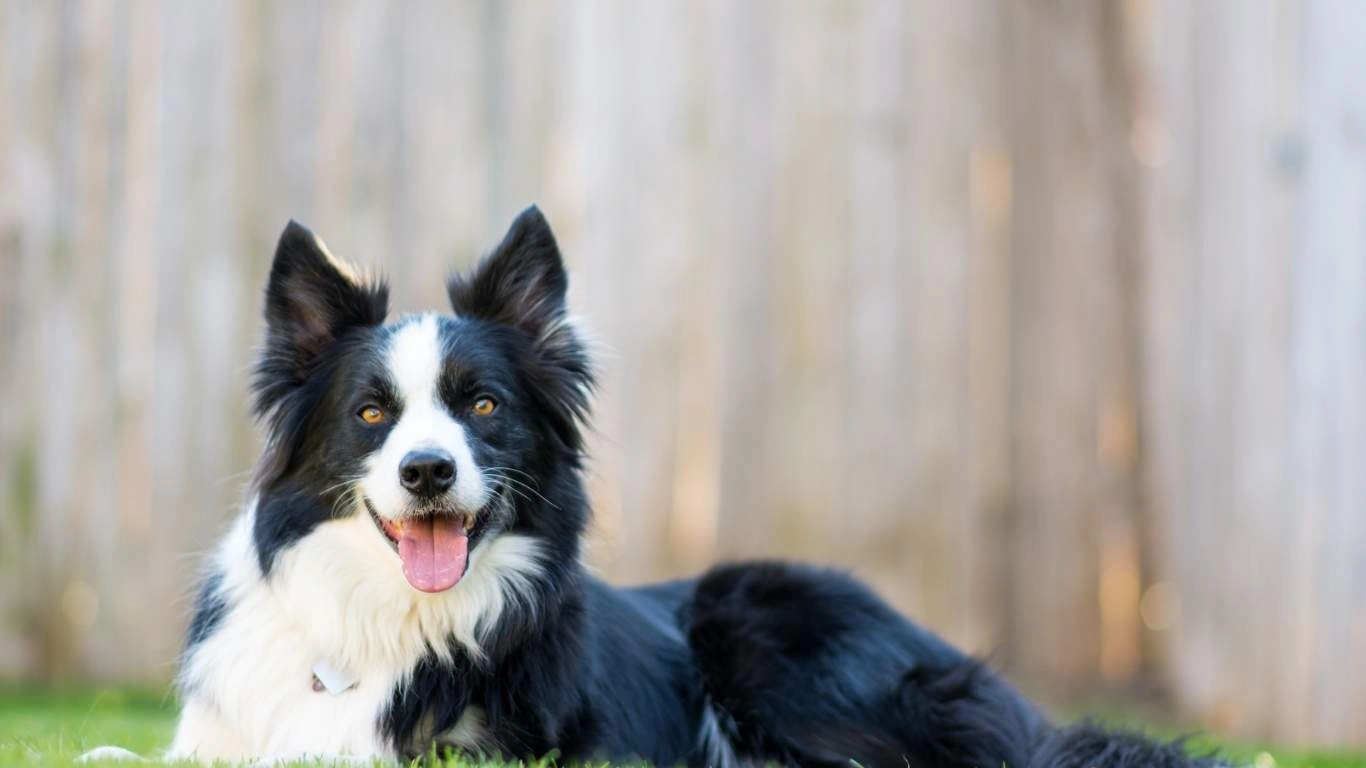 Nutritional Deficiencies That Cause Excessive Shedding
Nutritional Deficiencies That Cause Excessive Shedding
Many pet owners don’t realize that excessive shedding can be a sign of nutrient deficiencies. If your dog or cat isn’t getting the right balance of vitamins and minerals, their coat will suffer. Here are some key nutrients that directly impact shedding:
1. Omega-3 & Omega-6 Fatty Acids
We talked about these earlier, but they deserve another mention. A diet lacking in essential fatty acids can lead to dry, flaky skin and brittle fur. If your pet’s diet is mostly processed kibble without added omegas, shedding could be worse than it needs to be.
2. Zinc Deficiency
Zinc plays a huge role in skin health. A lack of zinc can cause:
- Excessive shedding
- Dry, cracked skin
- Slow healing of wounds
Some breeds, like Huskies and Malamutes, are more prone to zinc deficiencies, so if you have a heavy-shedding breed, make sure their food contains sources like red meat or shellfish.
3. Biotin & Vitamin E
These two are often overlooked, but they’re essential for strong, healthy fur. Biotin helps maintain a shiny coat, while vitamin E protects the skin barrier from inflammation.
4. Protein Deficiency
If your pet’s diet is low in quality animal protein, their coat will thin out and shed more. Dogs and cats are carnivores—they thrive on animal-based proteins, not plant-based fillers. I’ve seen firsthand how pets on grain-heavy, low-protein diets tend to have dull, shedding coats.
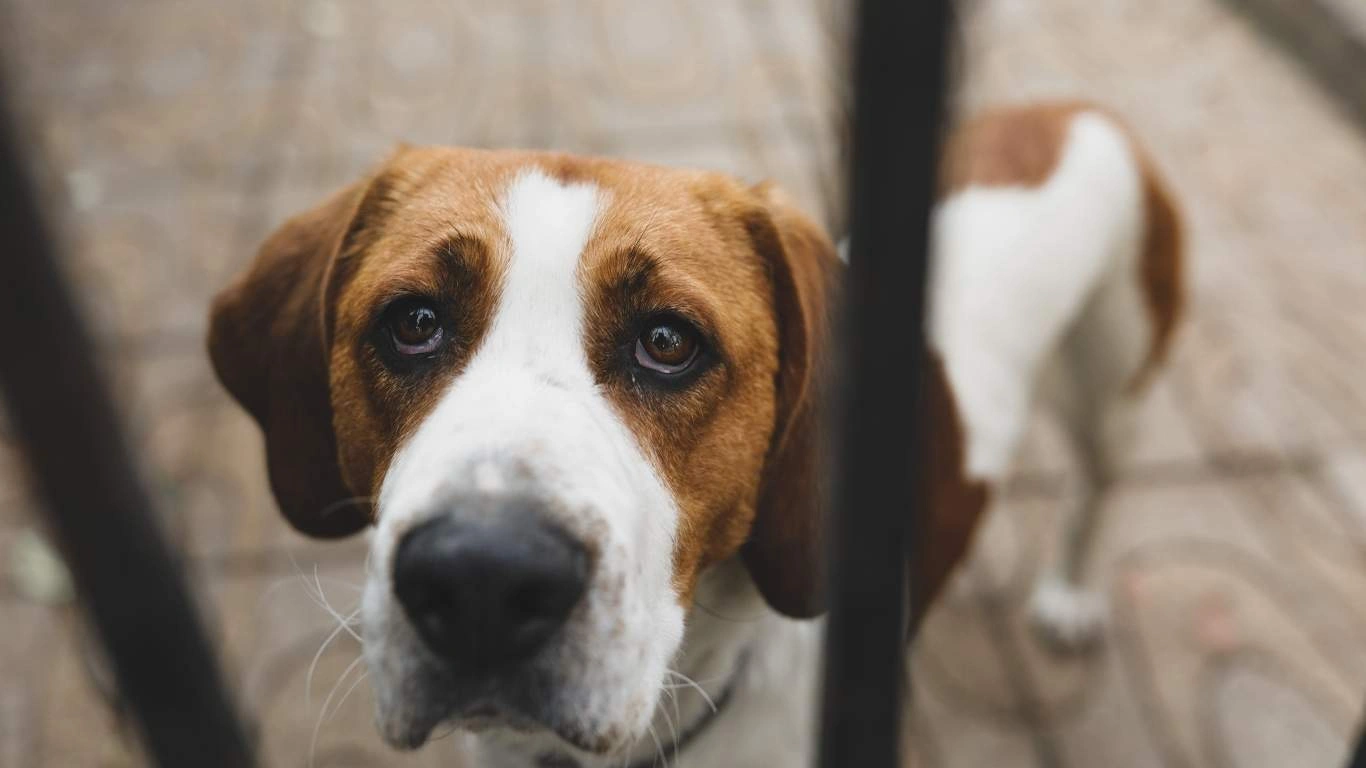 Beyond Diet: Other Ways to Reduce Shedding
Beyond Diet: Other Ways to Reduce Shedding
While nutrition is the foundation of coat health, there are a few other tricks that can help keep shedding under control.
1. Regular Brushing
Brushing your pet isn’t just about keeping them looking good—it helps remove loose hair before it ends up on your furniture. The type of brush you need depends on your pet’s coat:
- Short-haired breeds: A rubber curry brush works best.
- Long-haired breeds: A de-shedding tool or slicker brush helps prevent matting.
I had a client with a Siberian Husky who was battling extreme shedding. She started using a deshedding brush every other day, and within weeks, she saw a noticeable reduction in fur all over her house.
2. Frequent Baths (But Not Too Frequent!)
Bathing helps wash away loose fur and dander, but overbathing can strip natural oils from the skin. The trick is to use a gentle, moisturizing shampoo and bathe your pet every 4–6 weeks (or as needed). Adding a conditioner with oatmeal or aloe can also help soothe dry skin.
3. Stress Management
Believe it or not, stress can contribute to excessive shedding! Pets that experience anxiety—whether from loud noises, separation, or changes in routine—often shed more. Make sure your furry friend has:
- A consistent routine
- Plenty of exercise and mental stimulation
- A safe, comfortable space to relax
I’ve worked with rescue dogs who had terrible shedding due to stress. Once they settled into a stable home with proper care, their coats improved dramatically.
4. Vet Check-Ups
If you’ve tried adjusting your pet’s diet and grooming routine but still see extreme shedding, it’s time for a vet visit. Shedding can sometimes be a sign of underlying health issues like:
- Allergies
- Hormonal imbalances
- Thyroid problems
Your vet can run tests to rule out medical causes and help you tailor a plan for better coat health.
By now, you’ve got a solid understanding of how to prevent excessive shedding through diet. But we’re not done yet—there’s more to uncover about keeping your pet’s coat in top shape!
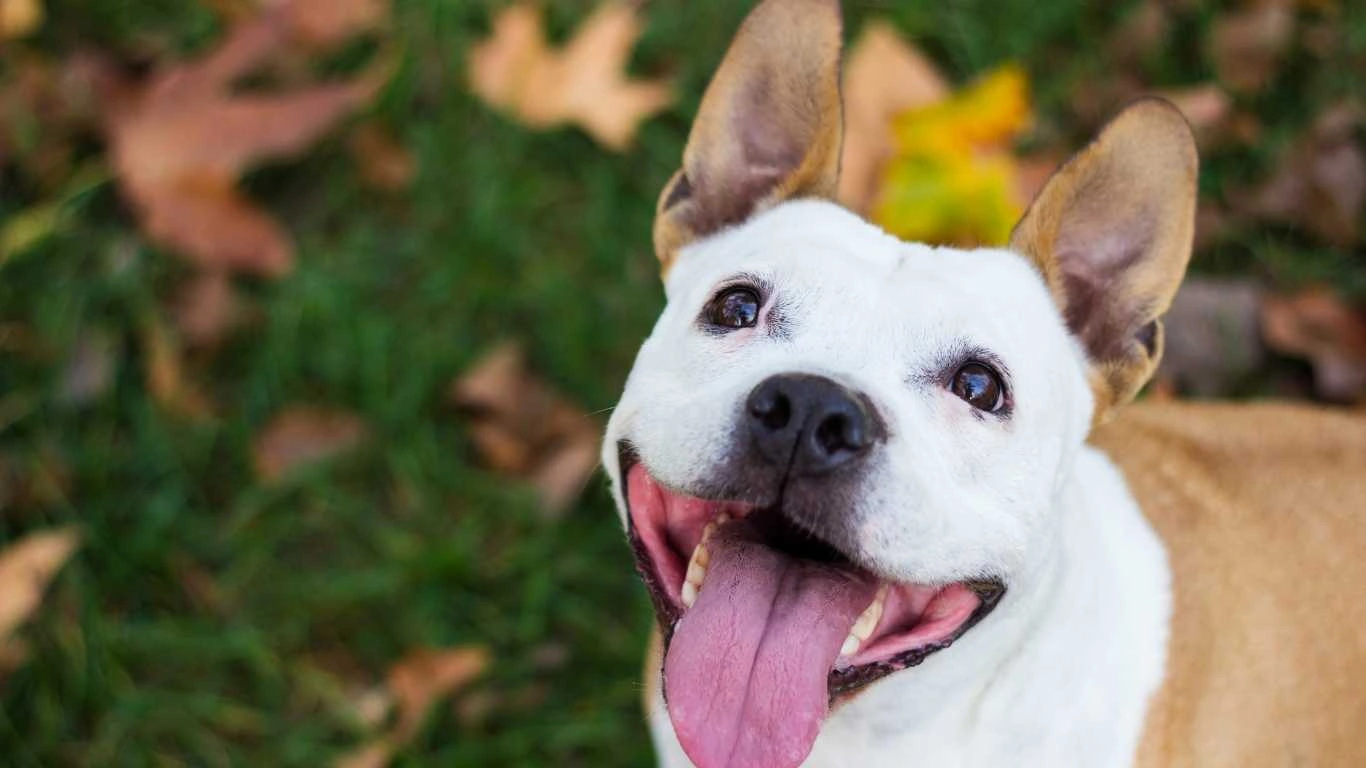 Supplements for Reducing Excessive Shedding
Supplements for Reducing Excessive Shedding
Even with the best diet, sometimes pets need an extra boost. That’s where supplements come in. While I always recommend prioritizing whole foods first, certain supplements can help strengthen your pet’s coat and reduce shedding.
1. Fish Oil
This one is a game-changer. Fish oil is packed with omega-3 fatty acids, which improve skin hydration and reduce inflammation. When I worked with a pet parent whose Labrador had relentless shedding, adding fish oil to his meals made a huge difference within a few weeks.
2. Coconut Oil
Coconut oil isn’t just a trendy health food—it’s also great for pets! A small amount added to meals can help maintain skin moisture and prevent excessive hair loss.
3. Probiotics
You might not think about gut health when it comes to shedding, but trust me, it’s all connected. A healthy gut means better absorption of nutrients, leading to a stronger coat. If your pet has digestive issues and excessive shedding, a probiotic supplement might help.
4. Biotin & Collagen
Biotin and collagen are essential for hair growth and coat strength. Some high-quality pet foods already contain these, but if your pet’s coat still seems lackluster, a supplement might be worth considering.
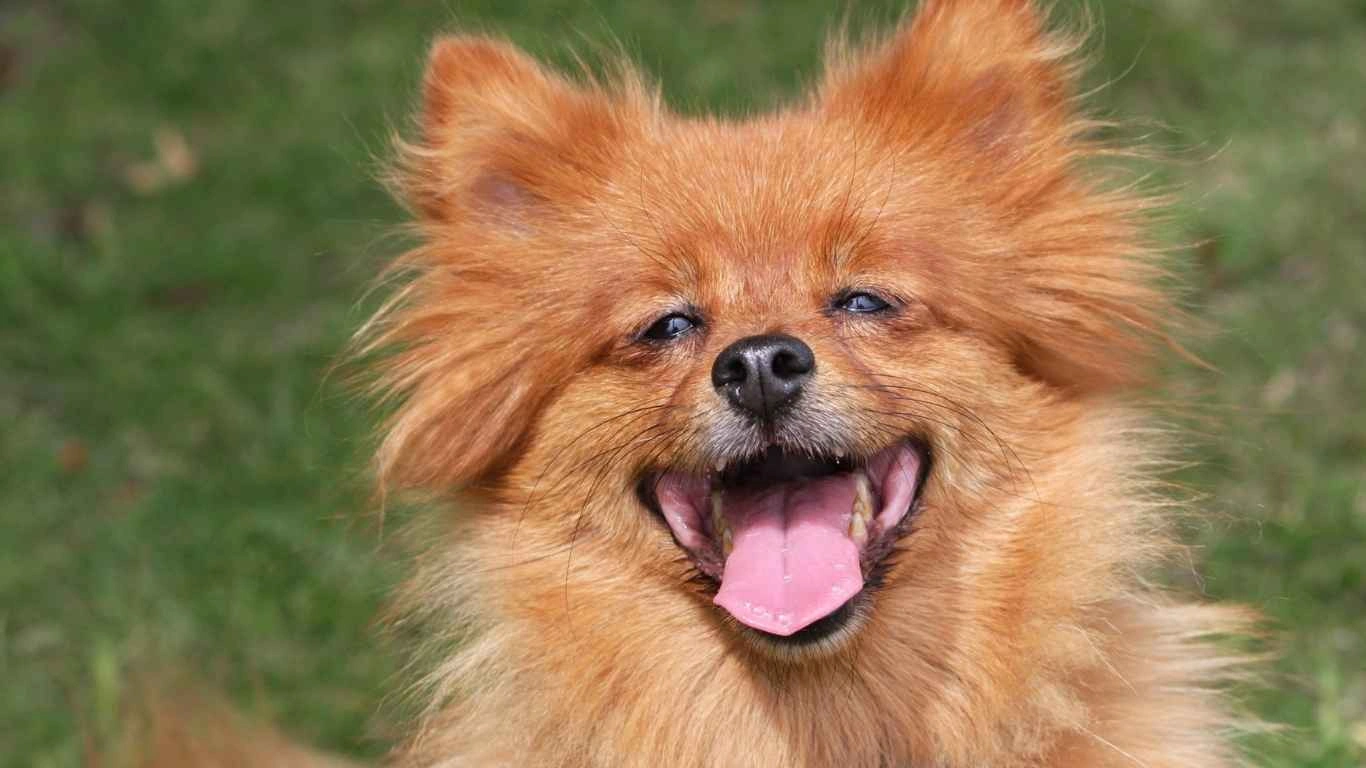 Shedding and Seasonal Changes
Shedding and Seasonal Changes
Sometimes, shedding has nothing to do with diet or health—it’s simply seasonal. Many dogs and cats shed more in the spring and fall as they adjust their coats to the weather.
1. Spring Shedding
As temperatures rise, pets shed their thick winter coats. This period can be intense, especially for double-coated breeds like Huskies, German Shepherds, and Golden Retrievers.
2. Fall Shedding
In the fall, many pets shed their lighter summer coats to make way for a thicker winter coat. This type of shedding is usually less extreme but still noticeable.
During these times, increase brushing frequency and make sure your pet is getting enough omega-3s to keep their coat in top shape.
Common Myths About Shedding
There’s a lot of misinformation floating around about pet shedding. Let’s clear up some of the most common myths:
1. “Shaving Your Dog Reduces Shedding”
Nope! Shaving doesn’t stop shedding—it just makes the hair shorter. For double-coated breeds, shaving can actually damage their coat and make regrowth uneven.
2. “Expensive Food Always Equals Less Shedding”
Price doesn’t always equal quality. Some budget-friendly brands have great ingredients, while some expensive ones rely on marketing hype. Always check the ingredient list instead of the price tag.
3. “All Pets Shed the Same Amount”
Not true! Some breeds naturally shed more than others. For example:
- High Shedding: Huskies, German Shepherds, Retrievers
- Moderate Shedding: Beagles, Corgis, Labradors
- Low Shedding: Poodles, Schnauzers, Bichon Frises
If shedding is excessive for your pet’s breed, then it’s worth looking into diet and health factors.
Final Thoughts: Building a Shedding-Reducing Meal Plan
Now that we’ve covered everything from diet to supplements, here’s a simple meal plan idea to help prevent excessive shedding:
Breakfast:
- High-quality protein (chicken, turkey, or fish)
- Cooked sweet potatoes or pumpkin (for extra vitamins)
- A drizzle of fish oil
Lunch (Optional Snack):
- Plain yogurt or kefir (for probiotics)
- Small portion of scrambled eggs (biotin boost!)
Dinner:
- Lean beef or lamb
- Cooked veggies (carrots, spinach, or zucchini)
- A sprinkle of chia seeds for omega-3s
Pair this with plenty of fresh water, regular brushing, and the right supplements, and you’ll likely see a significant reduction in shedding over time.
References
For more in-depth pet nutrition advice, check out these expert resources:
Disclaimer
The information in this article is based on my experience as a Pet Nutritionist and pet care expert. However, every pet is unique. If your pet is experiencing excessive shedding that doesn’t improve with dietary changes, consult your veterinarian for a proper evaluation.
